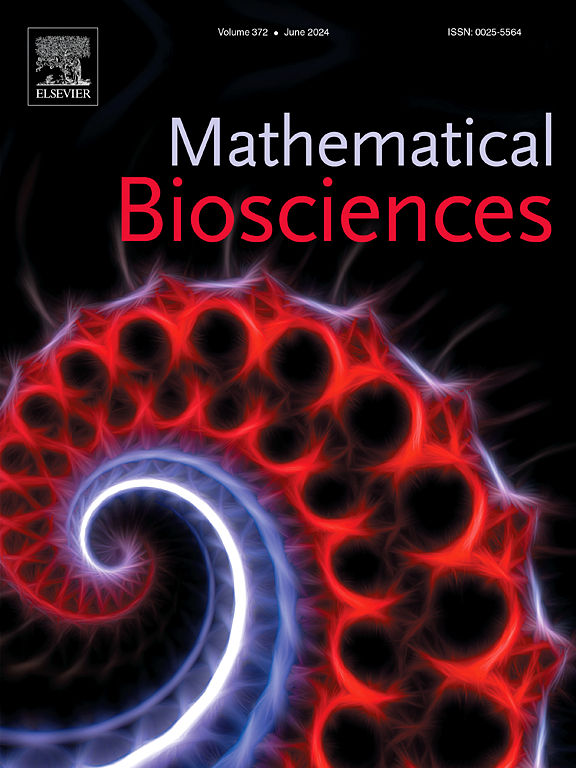First time published discovery of the PrimeBonacci Ratio
- Devon 9Vibes

- May 27, 2024
- 3 min read
I have recently discovered something that has never been discovered before!
I, of course, wanted to share right away, but I had to do a few things first. I had to publish my findings in two journals:
Journal of Number Theory and Mathematical Biosciences.
I have also patented a method for using this discovery in encryption.
So, without further ado, I would love to show you the PrimeBonacci Ratio!
Discovered 5/15/2024.
The PrimeBonacci Ratio states that almost every number is made up of a combination of a prime number and a Fibonacci number. This discovery has never been published before due to the unique qualities in prime numbers vs Fibonacci.
Prime numbers are stable, which is why we use prime numbers in our encryption systems.
Fibonacci numbers are dynamic and represent change and growth.
These two together make up the building blocks of our whole reality.
There are less than 1% that are not made up of a prime or Fibonacci number, and these are called outliers. An example of an outlier is 551. There is no combination of prime and Fibonacci numbers that make up 551 between 1 and 551. However, when you change the range from 1-700, now 59 prime minus 610 Fibonacci is 551.
So why does this matter? It matters because this discovery is profound proof that our universe is indeed mathematical. We did not create the Fibonacci sequence, and we did not create prime numbers, and yet here they are making up the blocks of our reality.
I have tested a range of 1-1,000,000 numbers, and 99.27% of them are made up of prime and Fibonacci numbers, leaving less than 1% that do not.
This is officially published, an encryption method has been patented, and I am ready to share this with everyone as this is huge. Moving forward, I will be sharing how this can be applied mathematically, scientifically, metaphysically, artistically, as well as advancements with encryption and algorithms.


Here is the range 1-60 of the PrimeBonacci Ratio:
Left number (Prime)
Right number (Fibonacci)
1 can be expressed as 2 - 1
2 can be expressed as 2 + 0
3 can be expressed as 2 + 1
4 can be expressed as 2 + 2
5 can be expressed as 2 + 3
6 can be expressed as 2 - 8
7 can be expressed as 2 + 5
8 can be expressed as 3 + 5
9 can be expressed as 7 + 2
10 can be expressed as 2 + 8
11 can be expressed as 2 - 13
12 can be expressed as 7 + 5
13 can be expressed as 5 + 8
14 can be expressed as 7 - 21
15 can be expressed as 2 + 13
16 can be expressed as 3 + 13
17 can be expressed as 17 + 0
18 can be expressed as 3 - 21
19 can be expressed as 2 - 21
20 can be expressed as 7 + 13
21 can be expressed as 13 + 8
22 can be expressed as 17 + 5
23 can be expressed as 2 + 21
24 can be expressed as 3 + 21
25 can be expressed as 17 + 8
26 can be expressed as 5 + 21
27 can be expressed as 7 - 34
28 can be expressed as 7 + 21
29 can be expressed as 5 - 34
30 can be expressed as 17 + 13
31 can be expressed as 3 - 34
32 can be expressed as 2 - 34
33 can be expressed as 31 + 2
34 can be expressed as 13 + 21
35 can be expressed as 37 - 2
36 can be expressed as 2 + 34
37 can be expressed as 3 + 34
38 can be expressed as 17 + 21
39 can be expressed as 5 + 34
40 can be expressed as 19 + 21
41 can be expressed as 7 + 34
42 can be expressed as 13 - 55
43 can be expressed as 41 + 2
44 can be expressed as 11 - 55
45 can be expressed as 11 + 34
46 can be expressed as 41 + 5
47 can be expressed as 13 + 34
48 can be expressed as 7 - 55
49 can be expressed as 41 + 8
50 can be expressed as 5 - 55
51 can be expressed as 17 + 34
52 can be expressed as 3 - 55
53 can be expressed as 2 - 55
54 can be expressed as 41 + 13
55 can be expressed as 47 + 8
56 can be expressed as 43 + 13
57 can be expressed as 2 + 55
58 can be expressed as 3 + 55
59 can be expressed as 59 + 0
60 can be expressed as 5 + 55


Comments